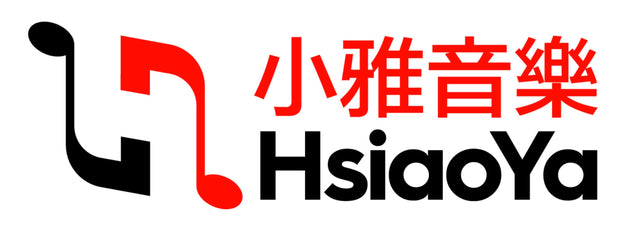
Sonata A minor Arpeggione 舒伯特 奏鳴曲小調 長笛加鋼琴 齊默爾曼版
可能是文岑茨-舒斯特啟發舒伯特創作了這首a小調奏鳴曲。無論如何,正是這位維也納音樂家于 1824 年首演了這首作品。一年後,他又撰寫了《吉它-大提琴學習指南》,這是由格奧爾格-施陶弗(Georg Staufer)先生新發明的。這種樂器像大提琴一樣夾在兩膝之間,也用琴弓演奏,但在指板上,它像吉他一樣有五線譜。奇怪的是,舒伯特(顯然只有他自己)稱它為琶音琴。這就是為什麼這個名字一直廣為人知,而它所代表的樂器卻在發明後不久就被遺忘了。中提琴演奏家也開始演奏該作品。隨著長笛在現代樂器上的表現力日益分化,長笛演奏家們發現了一個值得歡迎的、雄心勃勃的可能性,那就是通過琶音奏鳴曲來擴大他們的曲目。本版本希望在此方面提供幫助。我們在本版本中附上了一份修訂報告(長笛部分第 2 頁《版本和編排說明》)"
作曲家: Schubert, Franz
校訂者: Graf, Peter-Lukas
樂器: flute and piano
出版社: Musikverlag Zimmermann
原文簡介:
It was probably Vinzenz Schuster, who inspired Schubert to compose the sonata in a-minor. Anyhow, it was this viennese musician, who premiöred this opus in 1824. And one year later, the latter was the author of an Instruction to Learn the Guitar-Violoncello newly invented by Mr. Georg Staufer.This Instrument is held between the knees like the cello and is also played with a bow, however, on the fingerboard it is provided with frets like the guitar. Strangely enough, Schubert, and abviously only he, called it Arpeggione. This is the reason why the name remained well-known while the Instrument, which it denoted, was forgotten soon after its invention.Already the first edition was equipped with parts for violin and cello. Viola-players also took up the opus. With increasing expressional differentiation of flute-playing on the modern Instrument, the flutists discovered a welcome and ambitious possibility to enlarge their repertoire by the Arpeggione Sonata. This edition would like to offer assistance here.To this edition we have enclosed a revisions report (flute part page 2 Annotations to Edition and Arrangement).
